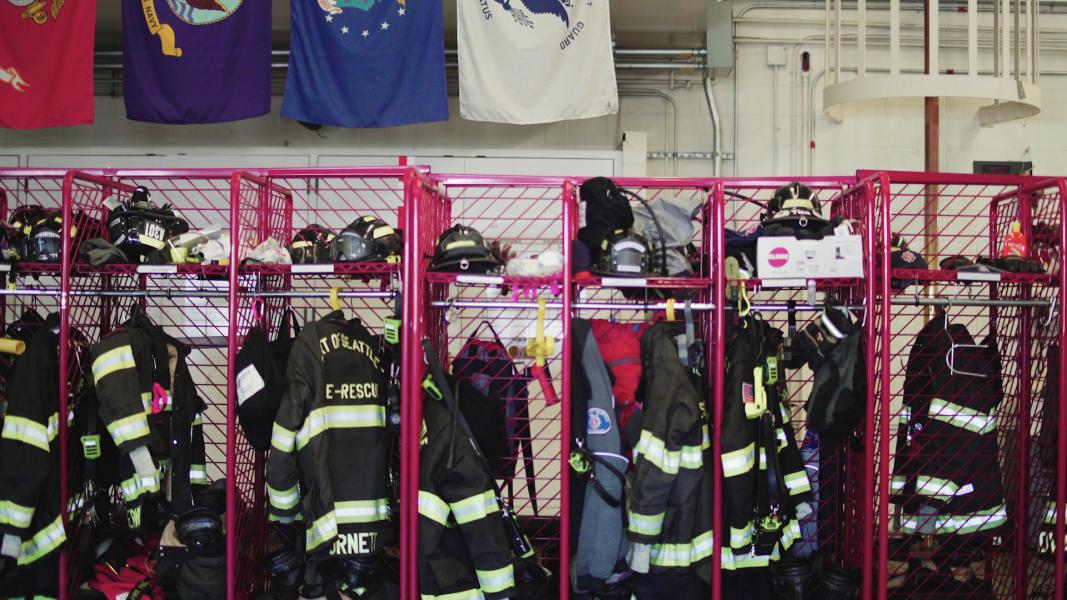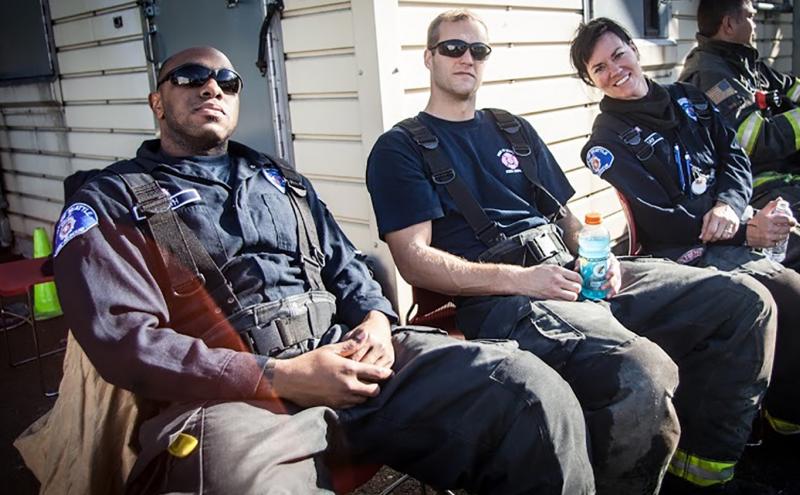
The COVID-19 pandemic has us all living in unprecedented times and protecting ourselves and our loved ones is always top of mind. The Port of Seattle Fire Department is no different — there’s no instruction manual for this situation, but they are following and creating best practices and have been preparing to respond before the virus arrived.
For any COVID-19 emergencies on Port properties (including Seattle-Tacoma International Airport (SEA))the Port’s Fire Department is the front line of support during the COVID-19 pandemic. They follow protocols and directives from King County Emergency Medical Services (EMS), King County Public Health, and the Center for Disease Control (CDC) to keep themselves and the public safe.
We caught up with Greg Baruso, Port Fire Department Training Captain and EMS Officer, to find out how our first responders keep our communities and themselves safe and how training and planning has prepared them to respond.
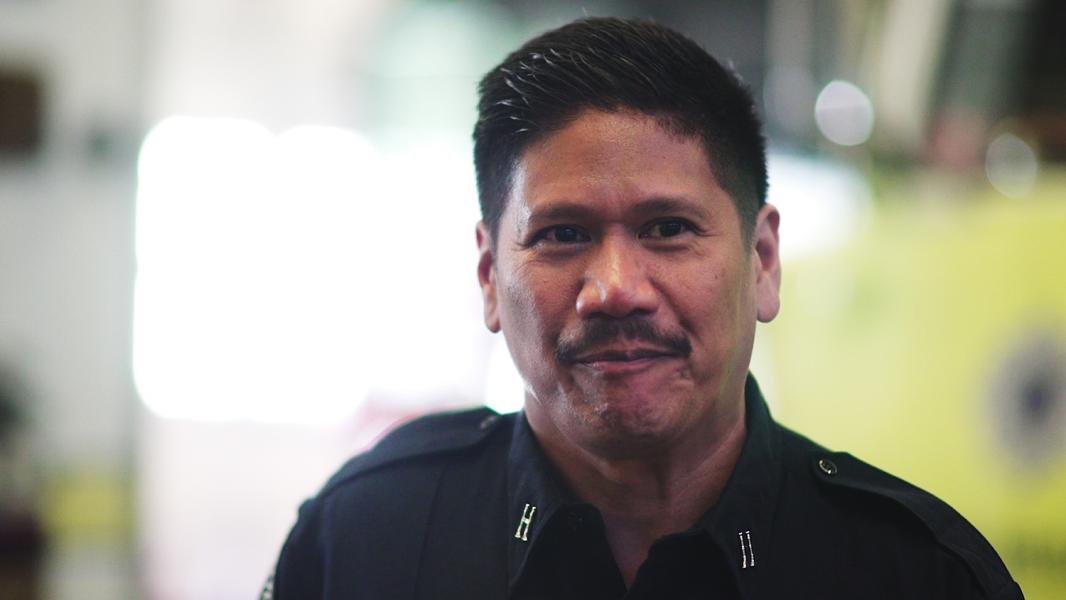
What kind of training do Port firefighters receive that helps them prepare for responding to infectious diseases, like COVID-19?
Our firefighters are assigned to a competency-based training once a month through King County Emergency Medical Services (EMS) that includes training on infectious disease response. We also contract a King County EMS subject matter expert to conduct monthly in-person trainings with all our department members. The Port Fire Department runs its own training with shift-certified Washington state EMS instructors on using defibrillators, devices that restore a normal heartbeat by sending an electric pulse or shock to the heart. It’s mandatory for firefighters to keep these skills up to be certified as an Emergency Medical Technician (EMT) in Washington state. Thirty-four Port firefighters are also trained in Hazardous Materials (HazMat), which includes responding to Hazardous Medical (HazMed) scenarios. We have been developing those relevant response skills long before COVID-19 came along.
How do Port Firefighters prepare to respond to a Highly Infectious Disease call (HID)?
When we respond to a suspected Highly Infectious Disease (HID) call, we wear personal protective equipment (PPE), which includes a face mask, eye wear, a gown, and gloves. Our team practices the process of donning and doffing PPE so we can be as safe as possible. Right now, we wear masks, gloves, and eye wear on every medical call we respond to. If it’s a suspected HID or COVID call, that's when the gowns come on. We also use “scout triage.” If we get a possible COVID-related call, we’ll send in someone with full PPE first to find out if all first responders need to be in full PPE to treat the patient.
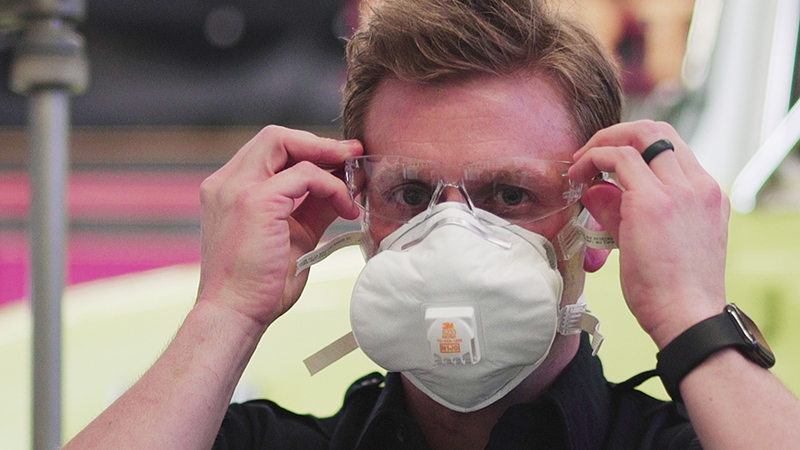
How many calls are you responding to right now that are COVID related?
A lot of the calls we've been going on lately have been suspected COVID calls. So if a patient has symptoms of a flu or a sickness with a runny nose, respiratory problems, and even cardiac symptoms, we still put our PPE on. That’s probably a good 80 percent of the calls we're going on. We don't really know what type of call we’re responding to until we get there, but we're always prepared for it.
How are you coordinating with other departments at the Port during this time? How do you work with other local fire departments?
We have quarterly meetings with the Port’s Health and Safety Department to make sure that we're safe at the station and when we’re out on calls. If we have a suspected COVID exposure or a known exposure, we report that to the Port’s Health and Safety team for tracking. We also notify Airport Operations and let them know when we're going into a COVID-suspected call. We make sure that the Port is notified if there's an escalator fall, because right now anything can happen where that person could be suspected of COVID and we don't know until we get there. So any injuries, any suspected respiratory problems, any cardiac symptoms, abdominal pain, we approach as a suspected COVID medical call. There's a daily phone call with King County EMS and King County Public Health and we go over what’s going on with COVID. We have mutual aid agreements with other departments in King County and during the COVID-19 crisis, we all receive our PPE from the same cache. We work with them all the time so we’re always talking to each other. We worked with them when Ebola came. We worked with them when SARS came, and when the H1N1 came in. So this is a new disease, but we have been training for this for a long time.
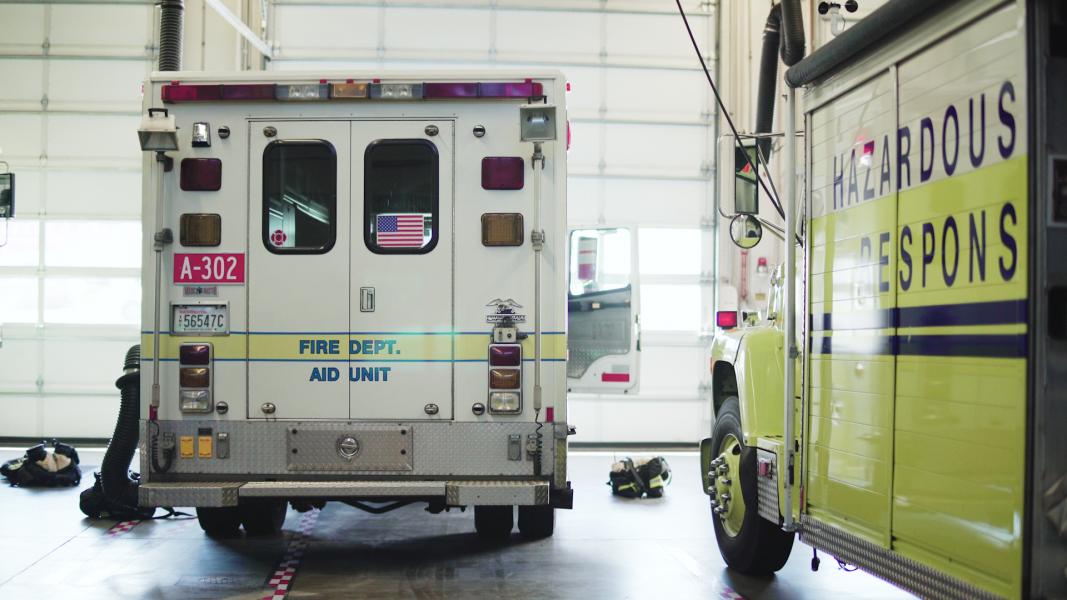
What other protocols is the Fire Department following right now to keep firefighters and the public safe?
As a department, we have one entrance for our firefighters to come in. They get their temperature checked and then head straight to the decontamination room and wash their hands before they enter any other part of the building. Any visitors follow the same protocol. We clean the station twice a day, and disinfect everything that's been touched twice a day, including our rigs, our hand rails, everything that's been touched at all. Social distancing has been a big thing with us. We have one station with 17 members on shift at one time, so we’re spreading them out for shift meetings, for training, and meals. We love to gather like anyone else, but we have to social distance ourselves away from that. We're always washing our hands, and we have hand sanitizer like everyone else. If firefighters want to wear masks inside at this time, they can wear them, and we always advise that they should wear masks if they get close to each other. We're trying to protect ourselves in any way we can so we can go home to our families. Trying to protect the public is the biggest thing and our directives, our recommendations, and our policies are built for that right now during COVID-19.
How do you make sure your equipment is safe and clean?
When we return from a fire call, our PPE and gear is removed and cleaned right away. With COVID-19 and with any suspected HID incident, we always disinfect the aid car when we come back from a call. We follow CDC recommendations to leave the car out, open the doors, disinfect, and let everything air out. We spray it all down and we wash everything off. Normally, we clean up after a call anyway whether it be a medical call or a fire call, but right now we don’t bring equipment into the station anymore. If you go on a fire call, your gear gets bagged up before you leave the call. When you go on an aid call during COVID-19, the gowns and gloves and everything that's been soiled gets put in a bag and goes into hazardous waste and gets picked up and destroyed.
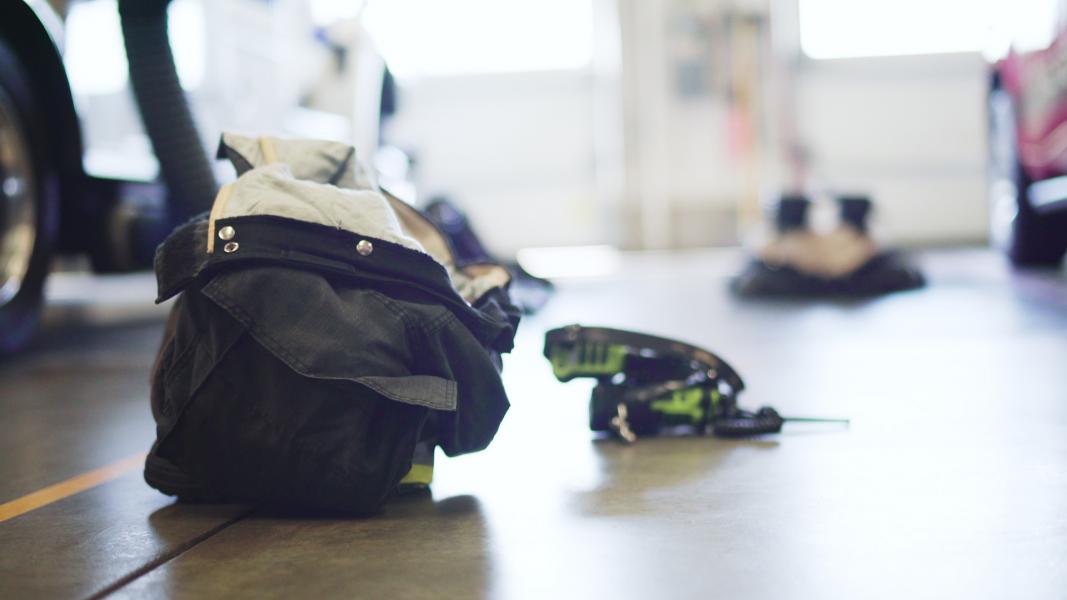
What have you learned from this experience so far?
I think one of the biggest things for us is maintaining a clean station. We're all more aware of our surroundings and who or what are we touching when we see someone who is possibility contagious whether it be COVID, a cold, a flu, or something else. Our members are aware of that and are being more conscious of our training and what we need to do to protect ourselves and the public.
What advice do you have for the public about staying safe during this time?
There's a lot of anxiety out there right now and I advise people to turn off the TV and electronics once in a while and take a break from it. I even asked our firefighters to do that and spend time taking care of their families, taking care of their neighbors, and watching out for each other. As first responders we're in the midst of it, but it doesn't mean we can't have compassion. We are all in this together, like they all say, and so we've got to make sure that we get through this, and the only way we're going to get through this is keeping up our recommendations, keeping up our directives, keeping up our cleaning, social distancing. In the fire station it's a little tough sometimes. We want camaraderie and we want to play around with each other, but in the same instance we know that we can't bring anything home to our families. And we shouldn't bring anything to the station. We just need to be more conscious of cleaning things and watching out for each other. That's the biggest thing I see.
